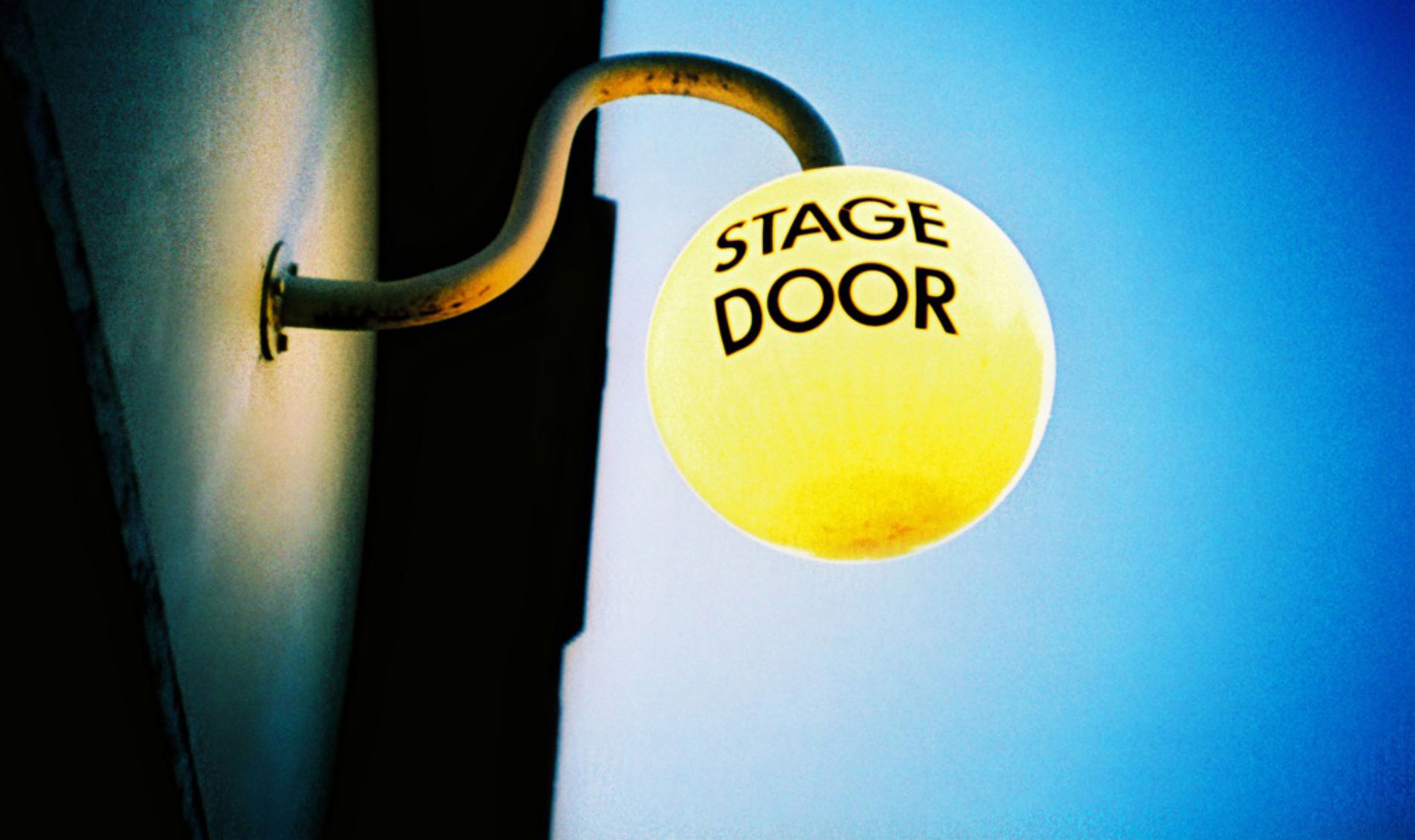Our theme of Protest continues this week with a focus on performance art as a means of political action, comment or dissent.
Richard Shannon, playwright and theatre director, tells the inside story of his play The Lady of Burma. He shows the importance of imagination interlinking with the practical tasks of networking, drawing on contacts, persistence in research, in order to complete a successful work of protest. Though the artistic endeavour may be the foremost assignment (without a script which captures the imagination it may be impossible to also seize an audience’s sympathies) these more banal chores are essential if the work is to be noticed. And Shannon makes clear that the life of such a production shouldn’t end with the performance – it can lead to committed engagement by artist and audience alike.
The enduring relevance of George Orwell’s 1984 is reflected in our review of the French production, 1984 Big brother vous regarde. Thirty years now after Orwell’s iconic date, we still cannot escape the promise of his dystopia. The further we are away, the closer we seem to be to the prospects of insidious control. If we needed a blueprint for suppression through language and story, Orwell’s tale is it. And perhaps there is the danger: if it’s all so predictable, so Orwellian, is resistance lessened? Might we live in expectation of being monitored and educated and deceived? And where there is no shock, might there be no response? Or is that the function of art in such circumstances: to make us see anew the commonplace violations of our humanity?
This is a theme confronted further by Chris Davis in his review of Nirbhaya, the play created by Yael Farber in response to the infamous Delhi bus rape case. If entertainment (a crude and distorting description perhaps) is to be used to prick conscience, then it can run the risk of being labelled as trite, simplistic, or even a betrayal of its own moral justification. The charge of benefiting from the suffering of others, where the artist (or her associates) is seen to profit, in monetary or reputational terms, from such a venture, is so easy to lay even with announcements that all net proceeds go to the cause. But, as Davis shows, the art and craft of performance can convince even the cynic of best intentions. And when that happens, there might be a chance of injustice being seen as a prelude to it being understood and provoking a response. What better value could art have as protest?
Photo by slimmer_jimmer ![]()
![]()
![]()
